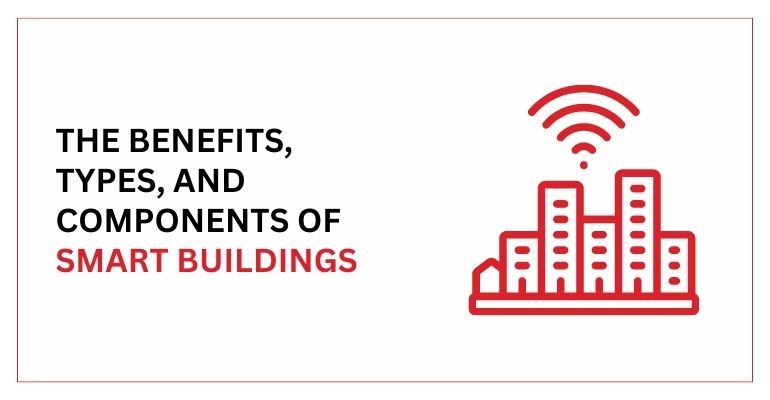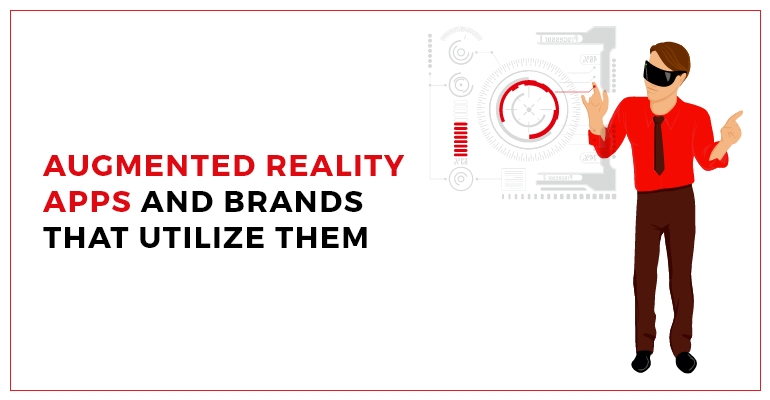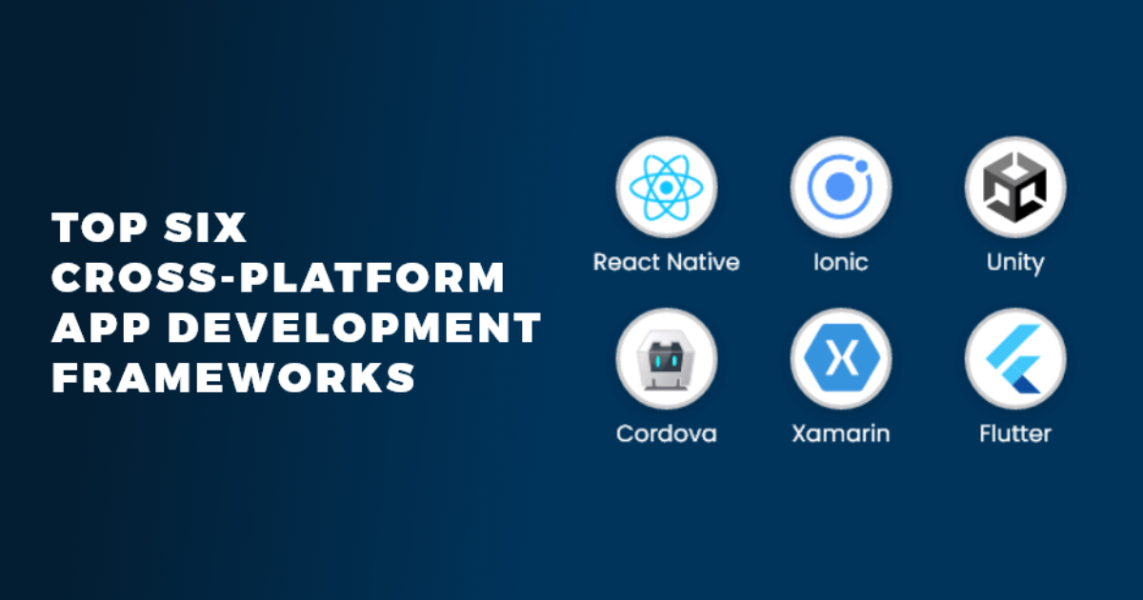THE BENEFITS, TYPES, AND COMPONENTS OF SMART BUILDINGS
March 28, 2023
Samantha Jones
Smart Buildings
The pace of development in the last century stimulated the industrial revolution allowing us to improve people’s lifestyles. The technology we use today only exists due to a continual improvement process. Smartphones and smart devices open many possibilities for making it easier to perform daily tasks. The latest advancement focuses on designing smart buildings and smart cities. It aims at automating and integrating different components by using modern technology in buildings.
The features may vary among buildings according to the need to maximize benefits to the people and the environment. Custom software development enables control of lighting, windows, temperature, appliances, etc. One of the smartest buildings in the US is Bullitt Center. The features consist of many design and control elements. Some of these are:
- Solar Panels
- Composting Toilets
- Rainwater Harvesting
- Regenerative Elevators
- Internally Controlled Temperature
- Air Quality Control
- Encouraging Staircase with City View
- Automated Windows and Shades
- Bicycle Parking Services
BENEFITS OF SMART BUILDINGS
Smart buildings offer great ease and comfort to visitors or residents through their features. Some homes also use wall projection lights and change colors and designs according to preferences. However, the broader benefits include the following:
AUTOMATION
Task automation refers to scheduling and activating responsive tasks. It controls window shades, lights, and internal temperature systems through sensors for occupancy, movements, humidity, and outside weather conditions. Operating appliances remotely and controlling garage doors for parking are some tasks you can perform. Several automation options are available through features you embed in the premises using sensors, devices, and trigger mechanisms.
RESOURCE OPTIMIZATION
Optimizing the usage of resources saves you money and benefits the environment. Automated taps save water, automatic lights save energy, hi-tech thermostats save heating costs, and trigger mechanisms work independently to save your energy. Optimal use of every resource provides ease and benefit.
ENERGY EFFICIENCY
By using renewable energy sources and automation, smart buildings attain efficiency in power consumption. Saving electricity allows you to convert the energy into rewards through on-grid solutions. You can also store power for charging devices and electric cars for efficient energy use. In workplaces, people forget to turn off air conditioning, lights, and appliances when leaving. Custom software development does it for you.
REMOTE MONITORING
Leaving your lovely children and pets with babysitters requires proper monitoring. You also need to check on running taps and water dispensers when you have kids and pets. The smart home monitoring solutions provide remote surveillance even if you leave home for days or months. It also allows controlling workplace entry using face recognition and card scanning to allow authorized access.
ENGAGING AESTHETICS
For workplaces and offices, aesthetics impact mood and energy levels. Whether a client pays a surprise visit or employees need energy boosters, you can manage everything regardless of location. You can also increase employees’ productivity by utilizing features and reducing dependency on minute tasks. Smart workplaces encourage employees to enjoy working in interactive and fresh environments.
TYPES OF SMART BUILDINGS
Custom software development for smart solutions relies on the purpose of the building. The three main types, according to the usage of buildings, are:
1. HOMES
Smart homes allow consumers to reap the benefits of technology in their residences. The primary purpose is to provide comfort and security using interconnected devices and appliances. Homeowners can perform different activities without moving from the couch through smartphones. It also eliminates the need to keep separate remotes for fans, lights, Televisions, and Air conditioning.
2. OFFICES
The building provides the facility for controlling operations, managing devices, minimizing waste, and regulating the internal environment by adopting the best practices. It also helps devices in different areas coordinate with each other for improvement in the productivity and safety of employees. It also sends notifications and alerts whenever human intervention is required. Managing controls on entry, water supply, and electricity supply while automatically regulating air quality reduces human dependency.
3. INDUSTRIES
Industrial facilities usually have large spaces, and monitoring such areas takes many resources and time. Automating motion sensors, safety sensors, voice speakers, fire extinguishers, and power supplies according to work timing can help relieve many types of stress. Automation in industries aims at reducing human involvement to minimize errors and also helps with safety guidelines.
Trigger mechanisms can start processes. For example, if a worker enters a shearing workshop, it switches on the machines for that specific portion. Sensors could also reduce the risk of workplace injuries and accidents. Lifter sensors stop the lifters if there is anything or anyone in close distance. Industries can look for unlimited possibilities using Internet-of-Things technology and custom software development.
COMPONENTS OF SMART BUILDING TECHNOLOGY
There are four essential components of a smart building. These are:
1. STRUCTURE
The structure refers to the sensors, monitoring devices, thermostats, and smart devices installed throughout the premises to control smart devices linked with the system. Everything that helps record, send and receive information for operational tasks. Each structural unit gets a unique code to identify its location and function in the system.
2. SYSTEMS
System components are operating systems of structural units and the integrations for their collaborations. This component is responsible for performing back-end operations and generating alerts and notifications. The software continuously monitors every device to send and receive data for any responsive, scheduled, or authorized intervening commands to run operations.
3. SERVICES
The component that performs any activity or task after receiving system commands is the Service. If the garage gate tracks the unique car id and the system commands it to open up, the devices that open it are basically service providers. Services also continuously send and receive information for any schedule change or remote command given to the system.
4. MANAGEMENT
The communication process, data processing, and display through an interface for user input come under the management component and involves the storage of schedules and preferences. It also performs tasks such as finding malfunctions in the system and protecting the data and all other components from external attacks.





